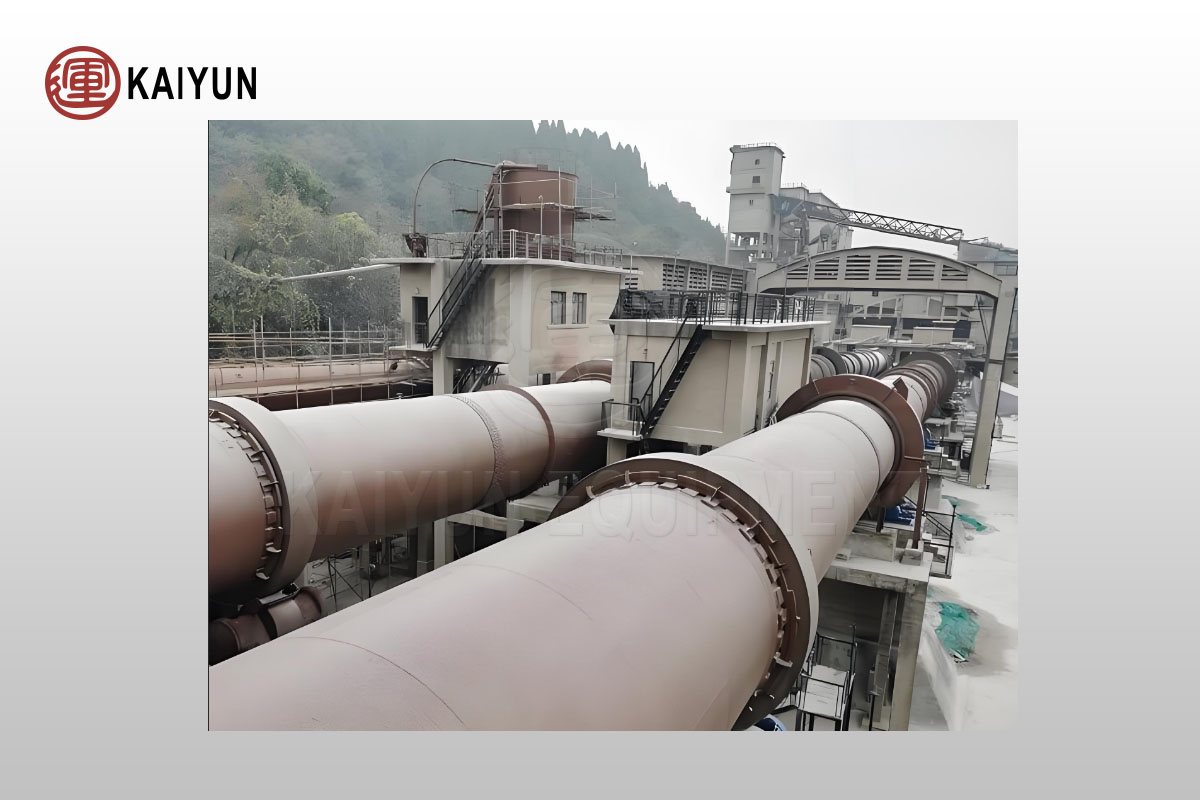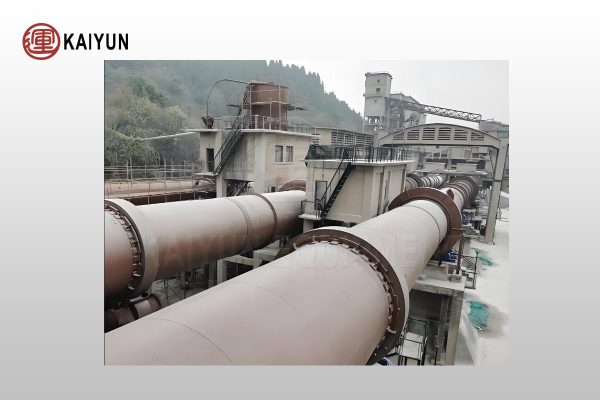Product Overview
The wet rotary kiln, a crucial component in the family of building materials equipment, spans across metallurgy, chemical industries, refractory materials, and environmental protection sectors, bearing the responsibility of material transformation. It is composed of a series of meticulously designed components, including the cylinder, support and thrust roller assemblies, drive system, movable kiln head, sealing devices, and coal injection pipes, all working together to create an efficient material conversion process.
The wet rotary kiln, with its unique inclined design and advanced sealing technology, ensures uniform material processing and stable product quality during the calcination process.
Table of Contents

Performance Characteristics
The wet rotary kiln excels in its adaptability to heterogeneous raw materials and its ability to achieve component uniformity during the raw material slurrying process. This results in high-quality, high-strength clinker and a significant reduction in dust and fly ash during the grinding phase.
However, the high heat consumption and energy demands associated with wet production, coupled with substantial water usage, pose challenges. In the context of modern environmental and low-carbon goals, these factors contribute to the gradual phase-out of wet rotary kilns.
Working Principle and Structural Composition
The wet rotary kiln is specifically designed to handle high-moisture raw materials, particularly demonstrating its unique value in the production of high-alumina cement, white cement, and other specialty cements. The process flow includes raw material slurrying, slurry homogenization, high-temperature calcination, and cooling, aiming to evaporate moisture and induce chemical reactions to produce ideal cement clinker.
Structural Components
Kiln Body and Lining
The main structure of the kiln, made from steel plates and lined with refractory material to withstand high temperatures.
Heat Exchanger
Facilitates efficient heat transfer within the system.
Tire and Support
Ensures smooth rotation and proper alignment of the kiln.
Support and Transmission System
Includes components like bearings, gears, and motors to drive and control the kiln’s rotation.
Kiln Head Cover
Protects the kiln’s head from external interference.
Burner
Provides the necessary high-temperature heat source for the calcination process.
Cooling Chamber
Quickly cools the clinker to stabilize the product and recover valuable heat.
Feeding Equipment
Accurately controls the input of raw materials to ensure a consistent and continuous production process.
While the wet process faces challenges due to its high energy consumption and environmental impact, it remains irreplaceable for certain raw material conditions, continuing to play a crucial role in cement production.
Advantages and Limitations
Advantages
High Moisture Handling
The wet rotary kiln excels in processing raw materials with high moisture content, simplifying slurry preparation and transport processes.
Consistency and Quality
It ensures consistent clinker composition and stable quality, thanks to the thorough homogenization of the slurry.
Effective Slurry Processing
The process integrates raw material slurrying and calcination efficiently, facilitating the production of high-quality clinker.
Limitations
High Energy Consumption
The wet process consumes significantly more energy compared to dry processes, leading to increased operational costs.
Environmental Impact
The high energy consumption contributes to greater greenhouse gas emissions and environmental impact.
Increased Production Costs
The need for large amounts of water and energy drives up production costs, making it less economical.
Transformation Pressure
With growing environmental regulations and sustainability demands, the wet rotary kiln faces significant pressure to evolve towards more eco-friendly and cost-effective solutions.
Technical parameters
| Specifications (m) | Φ3.1/2.5×78 | Φ3×88 | Φ3×100 | Φ3.3×118 | Φ3.3×125 | Φ3.5×145 |
| Production capacity (tons/day) | 240 | 384 | 300 | 400 | 400 | 700 |
| Kiln body slope (%) | 3.5 | 3.5 | 4 | 3.5 | 3.5 | 3.5 |
| Number of supports (pieces) | 4 | 5 | 5 | 6 | 6 | 6 |
| Wheel type | – | – | – | hydraulic | hydraulic | hydraulic |
| Main drive power (kw) | 90 | 90 | 110 | 125 | 160 | 90*2 |
| Auxiliary drive power (kw) | 11 | 11 | 11 | 15 | 15 | 7.5*2 |
| Total weight (excluding refractory bricks) (tons) | 370 | 390 | 530 | 840 | 818 | 916 |
